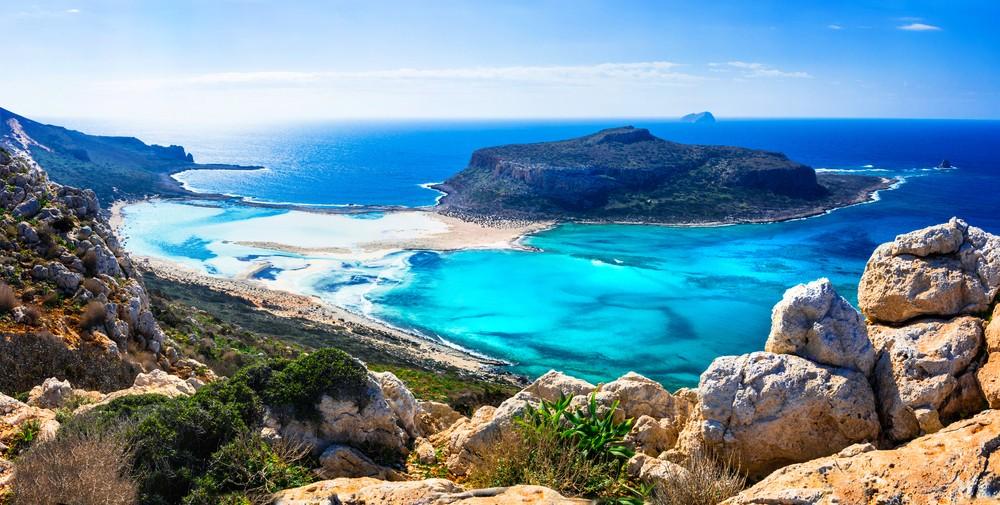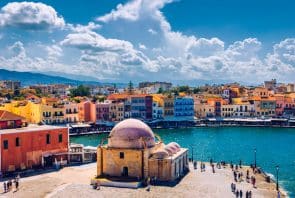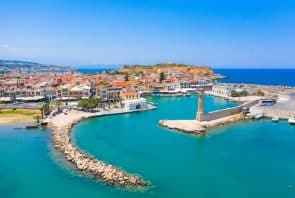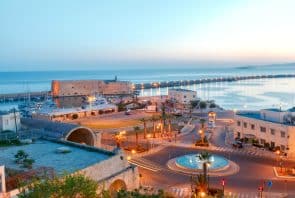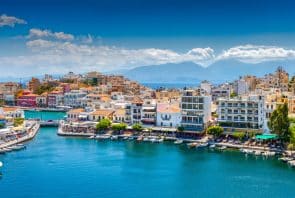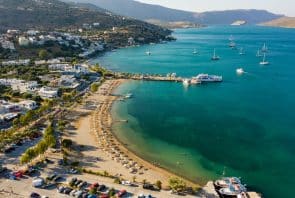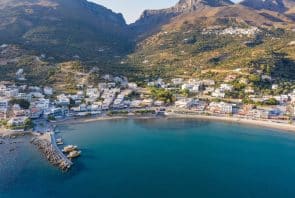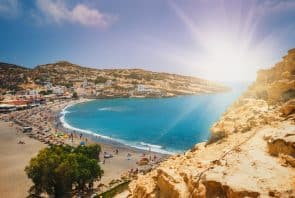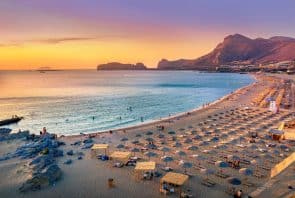You always return to Crete. Because among the Greek islands , Crete has always been a special feature. Why is that? Actually, there is more than one reason. Similar to Santorini, Crete has a very ancient history. Crete is also larger than the other Greek islands. And Crete has another special feature: the island is a movie star. It is the setting for one of the most famous films of the. 20th century: Alexis Zorbas (1964) by Michael Cacoyannis with the music by Mikis Theodorakis, which was storming the charts at the time, and based on the book by Nikos Kazantzakis. And in this film, which was nominated for seven Oscars at the time, one of the most famous Greek dances is danced: the Sirtaki. Crete still has many superlatives to show, which cannot all be listed here. There is only one thing that helps: go there. And come back.
Sun, sun, sun
Anyone who travels to Crete must know that the summer months are really dry. Then it hardly ever rains and there is real beach weather with a hot wind that often blows in from Africa. Crete has enough beautiful beaches, and there is also a wide choice: sandy beaches with palm trees like in the Caribbean, rocky beaches, typical Mediterranean beaches with sunbeds and umbrellas, lonely beaches in picturesque small bays and very rugged coasts. And Crete has something very special: bays and entire villages that can only be reached by boat or on foot. So if you think you can quickly explore the island with a rental car, you are mistaken. Of course, it’s nice to be mobile, but you can only explore Crete to a limited extent with it.
North Coast – South Coast
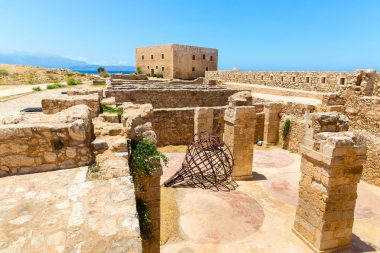
High mountains divide Crete into a north and a south side. While the north side is considered to be the more touristically developed, the south side is also often known for its villages that attract tourists. To the north, in Heraklion, the capital of Crete, are the airport, a variety of beautiful resorts and the fascinating cities of Chania and Rethymnon. It is clear that over the many millennia that Crete has been inhabited, other people have also taken a liking to the island: after the rulers of Rome and Byzantium, these were the Arabs and later the Venetians. By the way, when it comes to food, you notice that Crete was located in the Italian catchment area. Cretan cuisine has a few Italian sprinkles. “Stifadho” is the name of a typical stew of beef with onions, seasoned with cloves. The word is derived from the Italian word for “stewed”: “stuffato”.
Chania and Réthymnon
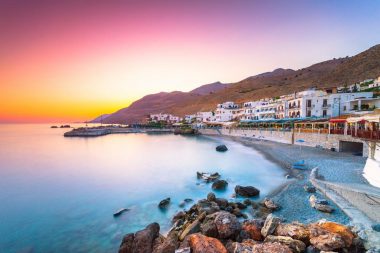
The Venetians have left their mark especially in Chania and Réthymnon, in Chania this can be seen in the harbor and in the old town, while Réthymnon is also Ottoman. The charming town even has a few minarets. Other places in the north, each with its own special charm, are family-friendly Bali, bustling Agios Nikolaos with Lake Voulismeni and the leper island of Spinalonga, the former fishing village of Chersonissos, Malia, which is considered a party mile, and laid-back Elounda.
Alpine flair: the Samaria Gorge

The mountains in Crete have it all: literally. The geographical regions on the island are very different and there are a wide variety of options for hikers: the descent through the Samaria Gorge, which, by the way, is one of the longest gorges in Europe, begins at an altitude of 1,200 meters. It is located in the southwest of the island in the administrative district of Chania.
Majestic Peaks – Cretan Mountains
The Ida Mountains extend in the middle of Crete in a west-east direction, except for the summer months it is covered with snow, as are the Dikti or Lasithi Mountains. Psiloritis, one of the peaks, is also open to hikers and offers spectacular views, as the Ida Mountains are over 2,500 meters high at their highest point. The Levka Ori or the White Mountains are a mountain range in the western part of the island, they are a rugged and inaccessible region and many places can only be reached on foot or by boat. Until spring, their peaks and the peaks of the Ida Mountains are covered in snow.
The most popular holiday resorts in Crete in the picture gallery
By bus from Heraklion …
In Heraklion there is a large bus station from where public buses go in all possible directions. Anyone who has never sat in one of these jerky buses, sweaty, their espadrilles full of sand, while a breeze blows through the open windows and the driver drives daring serpentines to soporific bouzoukik sounds, while his komboloi, a prayer beads reminiscent of a rosary, dangles back and forth on the windshield, has not been to Crete. In any case, you can easily reach the south coast by bus and explore the other beautiful holiday regions that make Crete so worth seeing: Agia Galini, Chorasfakíon, Matala, Plakias and in the far east: Ierápetra. Here, tourism is still a little sleepy and efforts are being made to find a kind of slow tourism, i.e. an environmentally friendly form compared to the north coast.
The most important thing at the end: the Minoans and their palaces
The biggest sensation of the island is something that you encounter everywhere in the form of pictures and posters, but is not really easy to understand. These are the Minoans, the oldest European advanced civilization, who lived on Crete from the 3rd millennium BC. They were far from the oldest settlement, but they were significant. Their legacies, palaces, villas, ports, temples, cemeteries, cities and settlements can be visited everywhere in Crete.
Crete – Also a culinary highlight
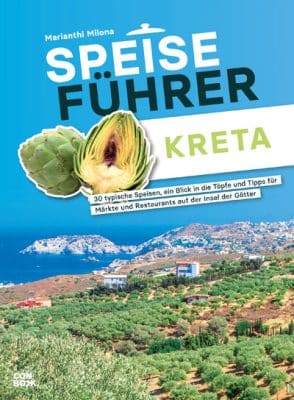
Most hotels in Crete also offer a small buffet selection of local food. However, if you want to go in search of culinary traces on the island, we recommend the food guide Crete by Marianthi Milona, published by Conbook-Verlag. In this food guide, readers experience 30 authentic highlights of Cretan cuisine and also learn at which markets you can buy the right ingredients.


